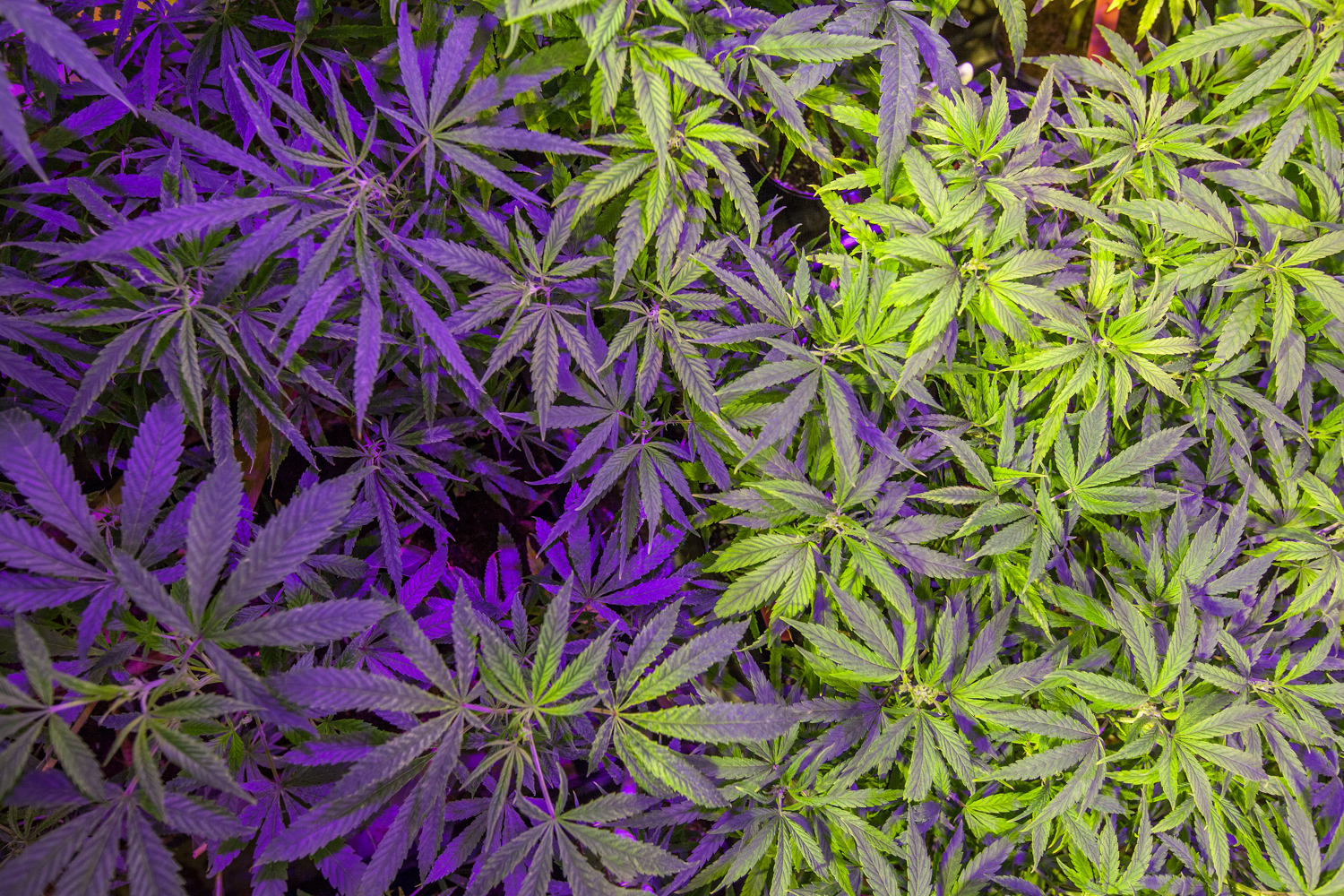
While 38 percent of women worldwide suffer from chronic diseases, only 4 percent of research and development funding goes toward examining women’s health-care products and services. This leads women to seek out and experiment with alternative therapies, cannabis among them, according to an Israeli researcher introducing a health and wellness panel during a medical cannabis conference in Los Angeles.
“Cannabis has an immense untapped healing power for women’s health,” said Meredith Rose Burak, global relations director for Jerusalem-based cannabinoid research and development company Asana Bio Group, during the introduction to the CannMed 2018 women’s health panel Oct. 24, 2018, at the University of California, Los Angeles (UCLA). “The female reproductive system has the highest concentration of endocannabinoid receptors after the brain, making women particularly responsive to the medicinal properties of the plant.”
Burak said she discovered the power of the plant as a teenager when cannabis was the only thing that helped ease her dysmenorrhea, the clinical term for painful menstrual cramps.
She also broke news that Asana Bio Group has secured funding and permits to initiate clinical trials studying cannabinoid use to treat endometriosis, a painful disease that affects about 180 million women worldwide and occurs when uterine tissue migrates outside of the uterus.
There is plenty of anecdotal evidence and some animal studies that indicate cannabis can help ease endometriosis symptoms and even stop the spread of the disease. Panelist Dr. Ethan Russo, director of research and development for the International Cannabis and Cannabinoids Institute, said this is important news for doctors in the United States.
“Since we can’t do any proper clinical work or research (with cannabis) in this country, it will continue to be forbidden territory unless there is a sea change in attitudes and science to back it up, especially since OB-GYN doctors are extremely conservative, sometimes to the point of paranoia.”
Russo, also a psychopharmacology researcher, added, “I’d like to emphasize that historically cannabis was always part of mainstream medicine in obstetrics and gynecology but it fell out of that status as a byproduct of prohibition.”
Russo’s presentation offered illuminating facts, including the following:
- The earliest references to cannabis use for female medical conditions can be found in ancient Mesopotamia where a botanical agent called Azallú, a preparation with mint and saffron in beer that was used for menstruation.
- In ancient Egypt, cannabis was ground in honey and introduced vaginally to help with contractions during childbirth.
- Victorian doctors such as Fleetwood Churchill promoted the use of tinctures in 1949, writing: “The property of Indian hemp, of restraining uterine haemorrhage — has been extensively tied — with considerable success. The tincture of the resin is the most efficacious preparation.” Russo said evidence suggests even Queen Victoria regularly used cannabis to ease her menstrual pain.
Russo noted cannabis can be effective for young women suffering from menstrual discomfort and irregularities, morning sickness, endometriosis, and cannabis can also help during childbirth with contractions and pain relief.
He ended his presentation by sharing the results of a 2016 study in the journal Obstetrics & Gynecology called “Maternal Marijuana Use and Adverse Neonatal Outcomes: A Systematic Review and Meta-analysis” that reviewed 31 studies and concluded that, excluding tobacco use, maternal marijuana use during pregnancy is not an independent risk for adverse neonatal outcomes.
“I would add that neither CBD or THC have been found to have any teratogenic effect, meaning birth defects,” Russo said. “The idea that cannabis is dangerous for women is spurious. It’s just not true. There is no foundation and the dangers have been greatly exaggerated.”
Dr. Rosemary Mazanet, chief science officer of Columbia Care, told the audience that even with prohibition’s limits, the cannabis industry continues with innovative research. Columbia Care, which operates dispensaries in 11 states, Washington, D.C., and Puerto Rico, has been collecting data from more than 700,000 patient transactions.
“We can’t do trials, but I’m able to collect data from our patients and we continually learn from it because it becomes a case of demand economics,” Mazanet said. “We can see what’s working by what our patients are buying and why they’re buying it.”
Columbia Care will initiate observational studies in New York to specifically study cannabis interventions to treat inflammatory conditions such as rheumatoid arthritis and fibromyalgia, which women experience at higher rates than men.
“The existing data using synthetic THC cannabinoids to relieve pain in these conditions is encouraging,” Mazanet said, “but the studies were small and CBD was not used. Because we know that CBD and minor cannabinoids have strong anti-inflammatory effects, we hope that compounds containing a combination of cannabinoids THC, CBD, and minor cannabinoids may reduce pain as well as inflammation.”
For Burak, the bigger issue is one of women harnessing their professional, personal, and financial power to get the medicine they need.
“By 2020, women in the United States are going to control $22 trillion in U.S. wealth. We can push forward products and science that actually benefit us,” she said, “It’s time to put our money where our health is.”















